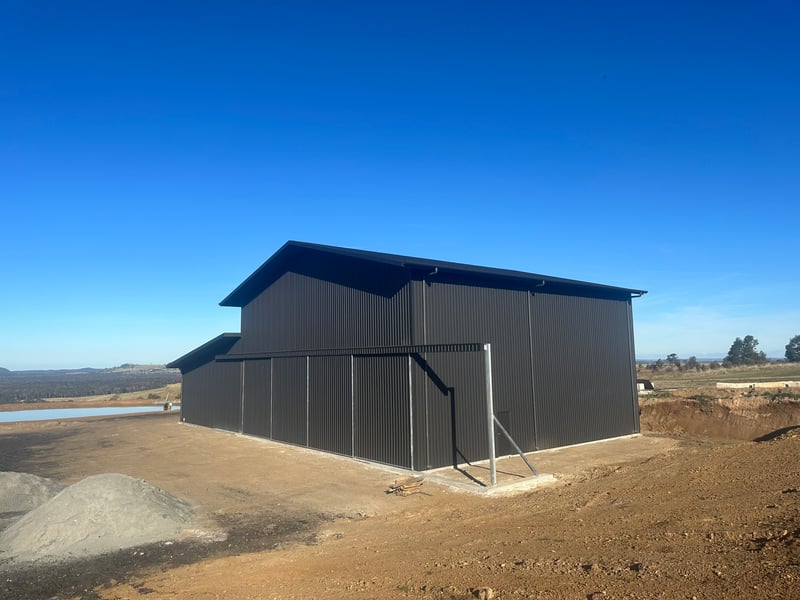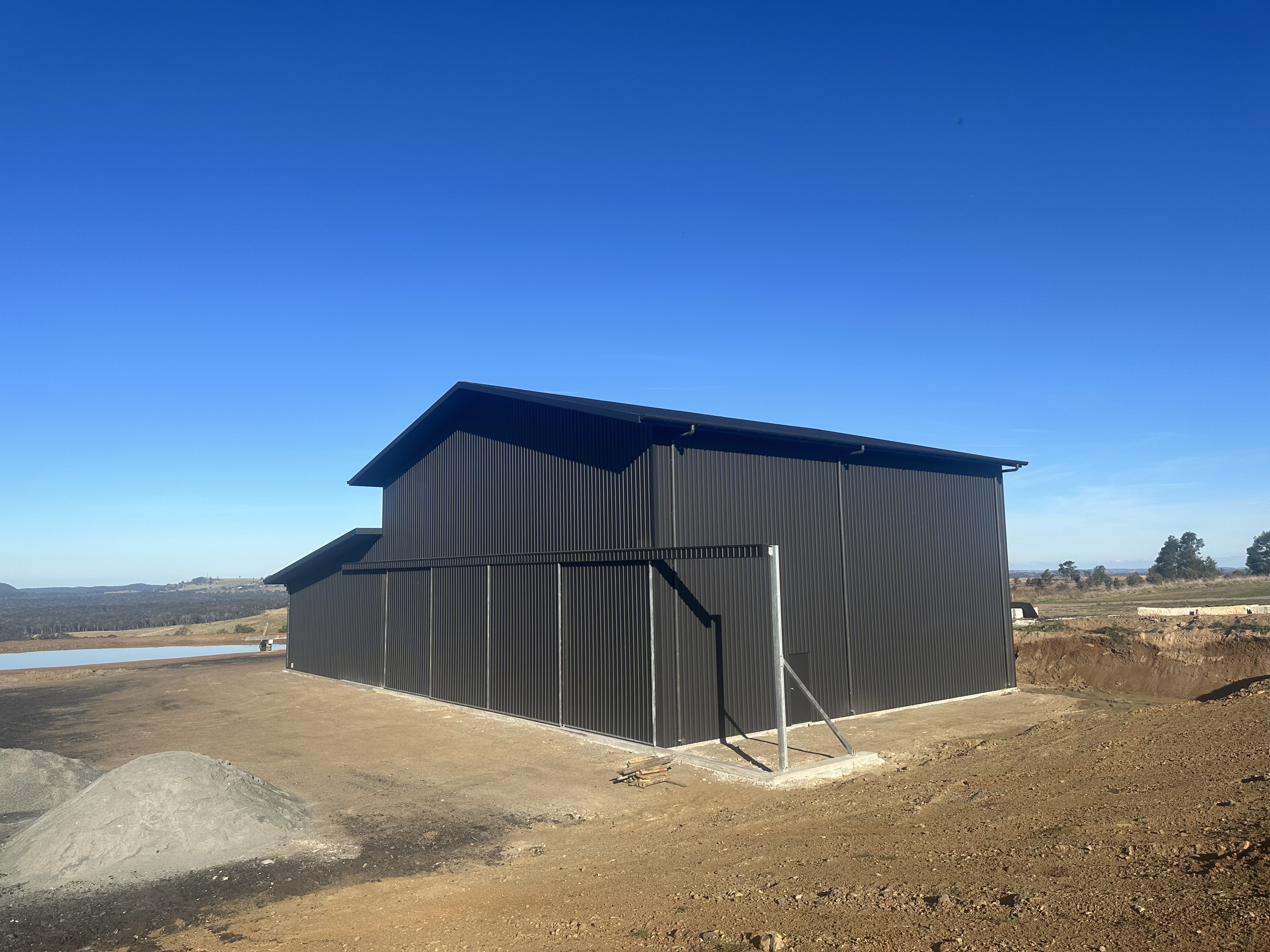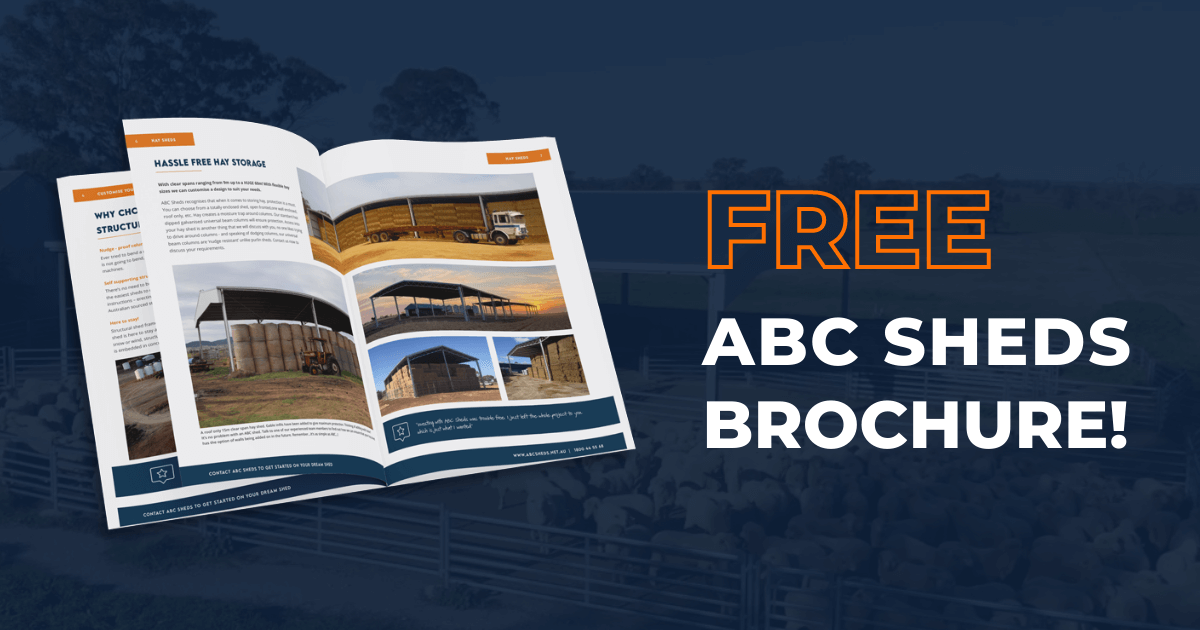Wind region changes: How these impact sheds

If your shed does not meet the National Construction Code, you may have to take it down or halt construction. To avoid unwanted delays, you need to be clear on the relevant guidelines before construction begins. This now includes the 2021 update to the Australian Standard for structural designs AS/NZS 1170, which has now been adopted into the NCC as of May 2023.
In this article, we outline the Australian wind regions, the key changes to the standards, and how this impacts shed construction.
Wind regions Australia
Your ‘wind region’ is based on wind speeds and the frequency of extreme weather events and is defined by the Australian Standards AS/NZS 1170:2:2021. They are divided into four categories.
- Region A - Normal
- Region B - Intermediate
- Region C - Cyclonic
- Region D – Severe Cyclonic
When consulting with you on your shed project, we will be able to confirm your shed’s wind region and the relevant engineering standards that are required.
Figure 1. Wind Regions of Australia based on Figure 3.1 of AS/NZS 1170.2:2021
2021 changes to Australian Building Standards 1170.2
There were three key changes to note in the 2021 standards:
- New Wind Regions
- New Climate Change Multiplication Factor Clause 3.4
- Terrain Categories Clause 4.2.1
Change 1 – Updated Wind Regions
The updated 2021 version of the Australian Standards AS/NZS 1170:2:2002 saw several changes to Wind Regions. The most significant changes are as follows:
Central Australia
Central Australia, which was previously classified as Wind Region A4, has been reclassified as Wind Region A0. It has also been updated to Terrain Classification 2.
South Coast of Australia
The South coast of Australia, which was previously designated as Wind Region A1, was divided into Wind Regions A1 and A5.
Tasmania
Tasmania was reclassified as Wind Region A4.
Wind Region B
Wind Region B was divided into Wind Regions B1 and B2. This has implications for projects in Northern New South Wales, Gold Coast, Brisbane, Sunshine Coast, and Gladstone.
Wind Region B1 now encompasses more inland cities surrounding Brisbane and, as a result, there may be additional structural requirements for installations in this area. For example, you may need narrower bay spacings, heavier steel section sizes, deeper trusses and deeper footings.
Change 2 – Climate Change Multiplication Factor Clause 3.4
To account for extreme weather, the previous version of the standards had Uncertainty factors Fc and Fd for cyclonic regions. In light of an increase in extreme weather, the 2021 standards introduced a Climate Change Multiplication Factor (Mc) for all of Australia, including regions A and B.
Table 1 – Climate Change Multiplicator Factor per Wind Region For Australia and New Zealand according to Table 3.3 of AS/NZS 1170.2:2021
Change 3 – Terrain Categories Clause 4.2.1
In addition to the Wind Regions, the Terrain Categories were also updated. The main changes to terrain categories are:
- Terrain category 1.5 was removed.
- Terrain category 2.5 was added.
- Buildings in areas that have little to no trees (such as industrial parks) can now be classified as TC 2.5 and have less strict requirements for wind loading.
- Linear interpolation is now allowed for wind regions C and D based on distance from the coastline. This may be useful for sheds in Wind Regions C and D that are not in coastal areas, as it may result in simpler requirements.
How wind region changes impact shed construction
Wind direction, speed and frequency will influence certain elements of the shed design, including:
- Steel & Purlin Section Sizing
- Roof Truss Depths
- Portal Frame and Member Spacings
- Bracing requirements
- Roof and wall cladding selection and fastener spacings
- Building entry locations
For advice on how to design your shed according to your specific wind region and local requirements, speak with our experts today. We can help you choose the most suitable shed design and features to meet your needs while also complying with regional and national standards.
Structural steel sheds Australia
If you’re considering building a new shed, the ABC Sheds team is here to help. With many years in the construction industry, we’re up-to-date with current building standards.
We know that a shed is an investment, which is why our team handles all aspects of your project to complete your new shed on time. From erecting your new structure, throughout the process, we will take care of every.
If we can’t complete all documentation for you, we will direct you to the appropriate professional support. What’s more, our erection quotes include all of the following:
- All pier hole boring
- Crane hire
- Scissor lift hire
- Accommodation for the erection crew
Click below to learn more about our range of sheds or browse our completed projects for inspiration.
-1.png?width=3641&height=660&name=abcshedstransparent2%20(1)-1.png)




